On This Day…January 8th
On January 7, 1945, Thomas Buchanan McGuire took off from Leyte and led a group of four P-38 Lightnings – Tommy himself, Major Jack Rittmayer, Captain Edwin Weaver, and Lieutenant Douglas Thropp – on a fighter sweep over northern Negros Island in the central Philippines. McGuire was engaged in a legendary contest with Richard Ira Bong to become the country's top scoring Ace and on January 7th the 'score' stood at Bong 40, McGuire 38.
As McGuire's flight approached Manapla, they were confronted by a single Japanese Ki-43 'Oscar', which immediately engaged McGuire's group.
From Wikipedia;
"Flying in the number-three position, Lt. Thropp saw the Oscar trying to attack him in a head-on pass. Thropp broke hard left. The Japanese pilot turned with him and fell into position behind him while firing.
Major Rittmayer, flying as Thropp's wingman, turned sharply towards and began firing on the attacker. McGuire saw the Oscar was being engaged by Rittmayer and turned to face an imminent threat to the flight from the opposite direction. McGuire and his flight had encountered Warrant Officer Akira Sugimoto, who was an instructor pilot with some 3,000+ hours in type. Sugimoto broke away from Thropp and Rittmayer and turned to find McGuire and his wingman Ed Weaver directly in front of him. Sugimoto was easily able to catch up and attack them from behind.
As Sugimoto approached Weaver from behind, Weaver radioed he was attacked and cut inside of the turn to present a more difficult shot. McGuire eased up on his turn rate in an effort to draw the attacker off of his wingman and onto himself. Sugimoto took the bait and switched his attack to McGuire. As Sugimoto approached from behind, McGuire rapidly increased his turn rate. This extremely dangerous maneuver, performed at an altitude of only 300 ft (90 m) (contrary to McGuire's own dictates never to engage at a low altitude), caused McGuire's P-38 to stall. It snap rolled, inverted and nosed down into the ground. Despite the low altitude, McGuire nearly pulled out successfully; had he jettisoned his drop tanks at the start of the dogfight, he might have managed it. McGuire was killed on impact."
Below...Major Richard Bong (left) and Thomas McGuire in November of 1944.
The USS Artisan (ABSD-1, later redesignated as AFDB-1) - a ten-section, non-engined, (very) large floating drydock. The Artisan was the only ship of the United States Navy given this name or designation. She was constructed in sections during 1942 and 1943 by the Everett Shipbuilding Company with the official commissioning ceremony taking place at Everett, Washington, on 10 May 1943. In this photo, the USS Antelope (IX 109) and USS LST -120 (Tank Landing Ship) are in the dock, Espiritu Santo, New Hebrides, 8 Jan 1945.
And this is her with the USS Columbia.
Crew of the USS New Jersey standing to as the Battleship enters the Naval Air Station, North Island, California, United States, 8th January, 1985.
USS Wasp (CV-7) off the Norfolk Navy Yard, Portsmouth, Virginia, United States following overhaul, 8 Jan 1942.
DH98 Mosquito G-AGFV (DZ411) MkIV on 8th January, 1943
RAAF Pilot Officer John S. (Jack) Archer of No. 4 Squadron seated in his Wirraway A20-103 on January 8th, 1943 in New Guinea. Archer achieved the only known air to air victory in a CAC Wirraway. A post war investigation revealed that the aircraft shot down was actually a Nakajima Ki-43 (Oscar) of the Japanese Army Air Force 11th Sentai, rather than a A6M2 Zero as first thought.. The mistake is understandable as just about everything at that time was reported as a Zero.
The Wirraway A20-103.

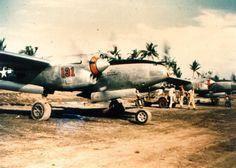
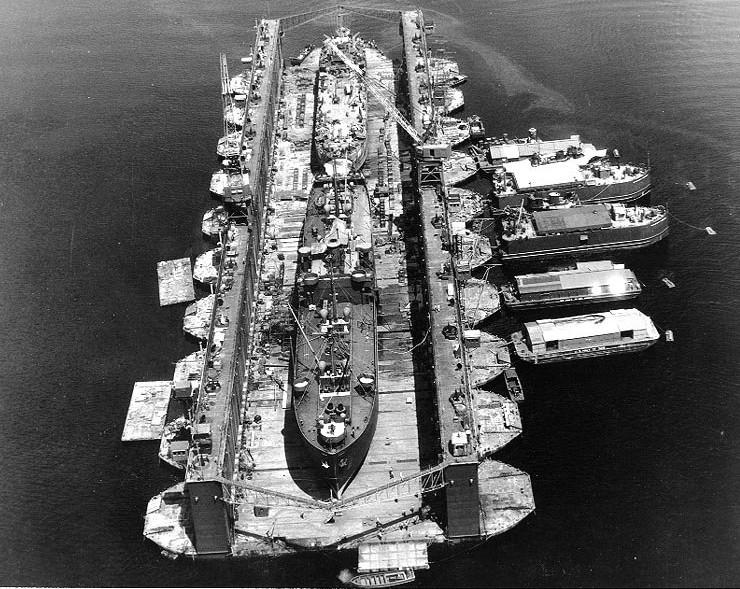
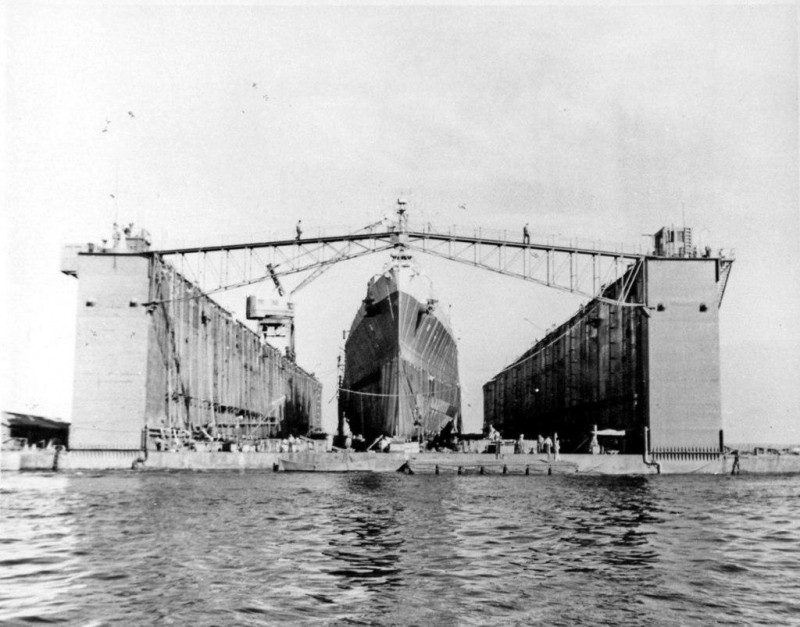



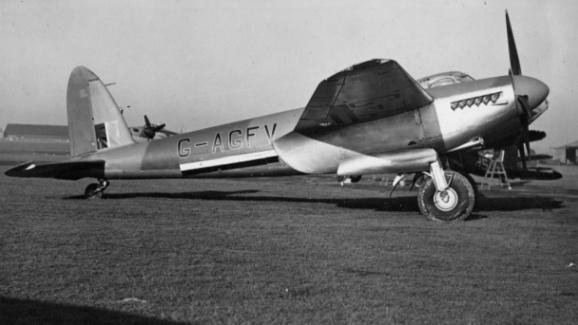
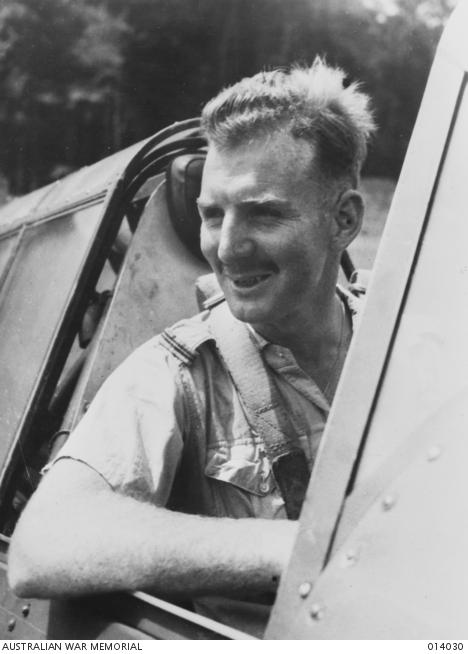


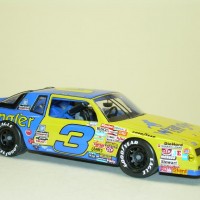

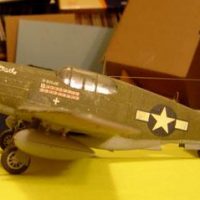
McGuire thought it would be an "easy victory" so kept his tanks because he was out to score 3 that day (almost all his victories came in multiples) and come even with Bong. Further proof that greed does indeed kill.
Thanks for these again, David.
Seems incredible that (even with the confidence he would be feeling) McGuire wouldn’t ditch his drop tanks going into a dogfight. Greed may have been the bullet, but I think it was his overconfidence that pulled the trigger.
Or how quickly the situation unfolded...his is truly a tragic story, and one that confirms that many of the greatest heroes by any measure of valor and skill never came home.
So sadly true. Can’t help but wonder how different this world would be if we hadn’t sent most of that ‘greatest generation’ off to die so young.
Thanks for checking in, David. Great to see you on the boards a little more these days.
Yeah, I'm not building a thing but it's cathartic to pop in here and there and see those who are. Keeps the juices flowing. Lots pulling at me but I still glance wistfully at my PBY box...
It just great to have your presence around. Always room for encouragement, philosophy, and great history, David.
From my files of thing useless except to me, The NF156F [F-5 ] in plastic. Archer's story proves it's not always the plane ,but it's the skill of the pilot that matters. And a bit of luck.
2 attached images. Click to enlarge.
Robert, the ‘file of things useless except to me’ is where the real treasure lies. Great contribution to the thread - thanks.
If I am not mistaken the Wirraway in the colour photo is A20-10. It is on display at the Australian National Aviation Museum, Moorabbin airport, Melbourne, Australia. I was for a short time in my mid teens part of the restoration team. I had the highly technical task of helping to remove the previous aluminium coloured paint along with a couple of layers of skin from my hands. Paint stripper really worked back then.
Haslam, I dare say you arethe only person in 3,000 members who would know that is an A20-10. You are dead right about the aircraft, I wanted to get a modern colour shot (and of an Aussie bird, because of the ‘Archer’ link) to show the quirkiness of the Wirraway. Huge well done to you for adding a great sidebar to the thread. Thanks!
Thanks for opening the door to the "way back machine". Good photos of Wirraways are hard to find. I also enjoy your On This Day posts
Archers' Wirraway.
1 attached image. Click to enlarge.
Thanks, Robert!